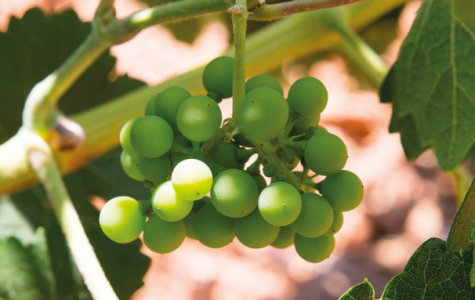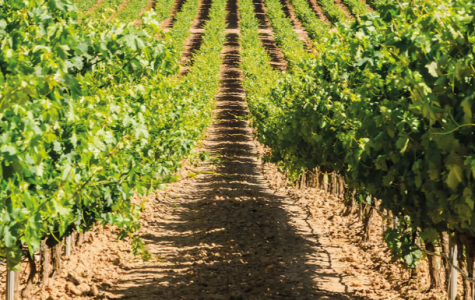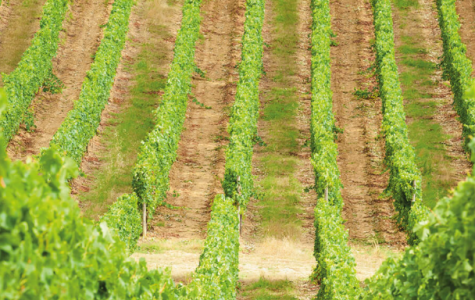Grapevine is a deciduous bush belonging to Vitaceas family. Its scientific name is Vitis vinífera. Its economic importance is due to its fruit, the grape, used so much for direct consumption.
Grapevine cultivation is expanded nowadays in the warm climate areas all around the world, especially in Western Europe, The Balkans, California, Australia, South Africa, Chile and Argentina; countries where the four seasons are well defined.
Grapevine adapts itself to a wide diversity of fields. There is a wide range of rootstock, so the grapevine can be cultivated in areas of strong demand. The availability of organic material in the field is considered a very important factor. The soils with variation of less than 1.5% are considered to be poor in organic material to the grapevine cultivation, and percentages higher than 2.5% are considered to be rich in this sense.
The specie belongs to temperate zones where the annual average temperature is higher than 9 ºC. It adapts itself to a wide range of temperatures, from the -20 ºC to the 35 ºC. More extreme values can seriously damage the plant. The optimum temperature to a good development of the cultivation is between the 25 and 30 ºC.
The hours of exposure to the sun are essential to obtain the accumulation of sugars in the fruit. The cold accumulation hours, among 150 and 600, are necessary to a good development of the grapevine. A deficiency in cold hours give raise to poor, late and bad quality harvests.
Thanks to the broad variety of patrons in the market, grapevine cultivation is possible in a wide range of type of soils, where pH and textures concerns.
Sowing density is influenced by factors as the land topography, its potential, the irrigation, the conduction system, the Fert irrigation and the pruning. The most commonly used disposition in the main production countries is in line. The recommended plantation spacing is from 2.5-3 m between lines and from 0.5 to 1.5 m between plants, which means densities among 4.000 and 2.200 plants per hectare. The recommended plantation spacing in table grape is 4 x 4 m, being the density of 625 plants per hectare.
It is recommended an arrangement of the lines taking advantage of the dominant winds of the area, being the most suitable the North-South one. The sowing of plain rooted grapevines must be done in winter, and the container-grown ones can be done during the whole year.
The quantity of supplied water depends on the water retention capacity of soil, the efficiency of the irrigation system and the depth of the roots.
Grapevine is very resistant to the long periods of drought, due to its deep root system. Nevertheless, in conditions of strong drought irrigation is essential to avoid a lack of production and quality.
Despite of being a traditional dry farming, the application of irrigation in grapevine is translated in a higher growing of the plants and increase of the production. Likewise, the plant remains ready to guarantee the production of the next year, and avoid any type of stress provoking production losses. Irrigation has always beneficial effects if used correctly. It is necessary to know how much and when to irrigate. Among the beneficial effects the following can be underlined:
The benefits obtained in the crops supplied by a well-designed drip irrigation system are much higher (even the double) than dry cultivations in very dry environments. With the suitable temperature and humidity it is possible to reach and increase of the performance around the 20%. An average performance can be estimated in the range of 9-12 tons per hectare.


